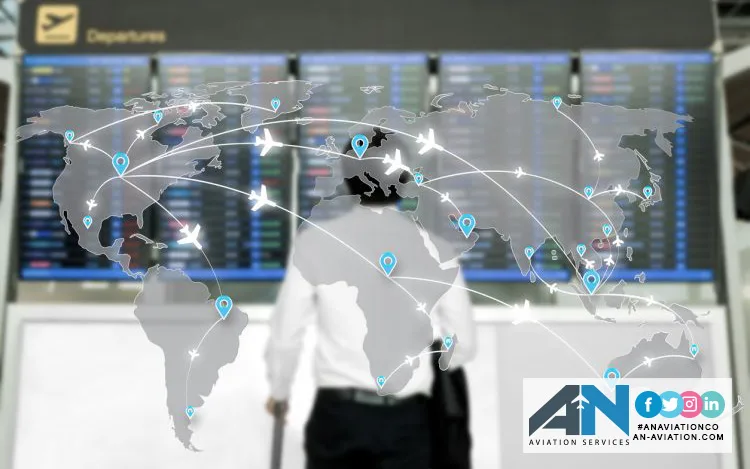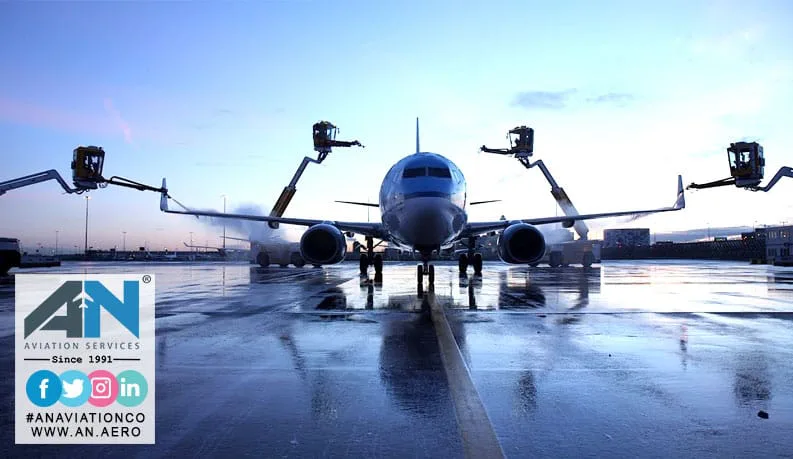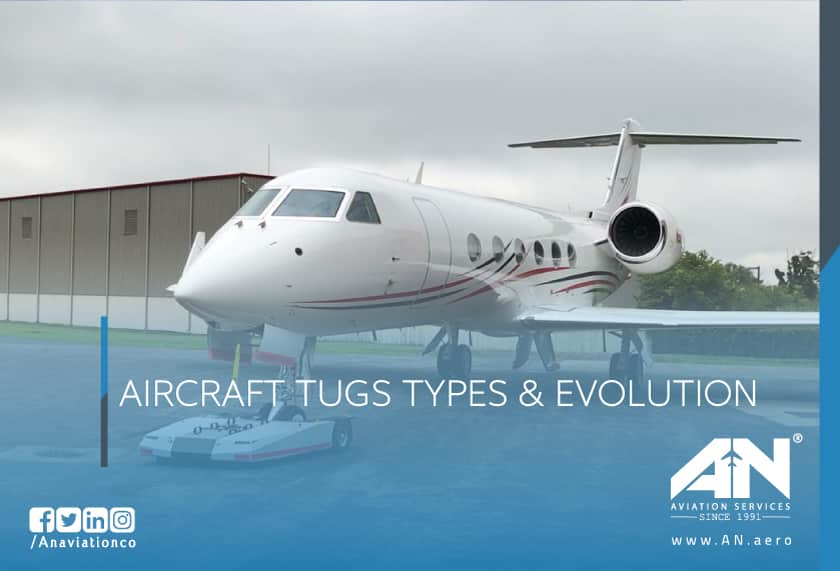
For modern aviation, having a detailed flight path map is essential to ensure the safety, efficiency, and overall experience of every journey. Whether you’re on a short domestic flight or a long-haul international trip, a flight path map provides the guidance pilots need to navigate the skies effectively. But why is this planning tool so important, and how does it impact both pilots and passengers?
In this post, we’ll explore why having a flight path map is crucial, how it enhances flight safety, and the benefits it brings to your overall travel experience.
What Is a Flight Path Map?
A flight path map is a pre-determined route that an aircraft follows from its point of departure to its destination. It’s not just a straight line between two points; instead, it’s a carefully calculated route that considers various factors such as air traffic, weather conditions, altitude requirements, and airspace restrictions.
These maps are created using sophisticated software and real-time data, allowing for adjustments when needed. By using a flight path map, pilots have a clear understanding of the entire journey, including waypoints, altitudes, and necessary adjustments.
Safety First: Clear Routes Prevent Collisions
One of the most important reasons for having a flight path map is to maintain safety. The skies are crowded with planes, and without a clear route, the risk of mid-air collisions or entering restricted airspaces increases significantly.
- Avoiding Mid-Air Collisions: A flight path map helps keep aircraft on specific routes and altitudes, ensuring that planes don’t cross paths unexpectedly. Pilots coordinate with air traffic controllers to adjust routes and altitudes, maintaining safe distances between flights.
- Navigating Around Hazards: Weather can change quickly, and it’s crucial to avoid hazardous conditions like storms, turbulence, or icing. A flight path map allows pilots to plan for weather and adjust their route to avoid dangerous areas, which helps keep passengers and crew safe.
- Staying Out of Restricted Airspaces: Certain areas are restricted for military use or other purposes. The flight path map helps ensure that aircraft avoid these zones, reducing the risk of violating regulations or creating dangerous situations.
A well-planned flight path map provides a clear guide for pilots, helping them navigate safely while adhering to airspace regulations and avoiding unexpected conflicts.
Boosting Efficiency: Time and Fuel Savings
In addition to safety, efficiency is a major benefit of using a flight path map. Carefully planned routes help airlines save time and fuel, which in turn reduces operational costs and environmental impact.
- Optimized Routes: A flight path map takes into account airways, wind speeds, and current weather to plan the most efficient route. This minimizes unnecessary detours and reduces travel time.
- Fuel Efficiency: By planning a direct and steady route, the aircraft can maintain an optimal cruising speed and altitude, which lowers fuel consumption. This efficiency isn’t just cost-effective—it’s also more eco-friendly, as it reduces the flight’s carbon footprint.
- Minimizing Delays: An efficient flight path map helps flights stay on schedule, reducing delays and preventing passengers from missing connecting flights or appointments.
For travelers, this means a smoother, quicker journey and the satisfaction of knowing that their flight is operating as efficiently as possible.
Real-Time Flexibility: Adapting to Changes Mid-Flight
Even with the best planning, unexpected situations can arise during a flight. Weather patterns may shift, air traffic may become congested, or emergencies may occur. That’s why flight path maps are designed to be flexible and adaptable in real time.
- Weather Changes: Storms and strong winds can appear suddenly. Real-time updates to the flight path map allow pilots to re-route the plane around these conditions, ensuring passenger safety and comfort.
- Air Traffic Congestion: With hundreds of planes in the air at any given moment, congested airways can lead to delays. A flight path map helps air traffic controllers and pilots coordinate alternative routes when needed.
- Emergency Diversions: If there’s a medical emergency or technical problem, a flexible flight path map lets pilots quickly divert to the nearest airport.
Improving Passenger Experience: Keeping Everyone Informed
For passengers, having a flight path map provides more than just peace of mind. Many airlines now offer real-time maps on in-flight entertainment screens, showing the plane’s position, speed, altitude, and estimated arrival time.
- Providing Peace of Mind: For nervous flyers, seeing the flight path map and knowing exactly where the plane is can be reassuring. It provides a sense of progress and shows that the journey is on track.
- Engagement and Entertainment: Real-time maps allow passengers to see the plane’s route and details about the regions they’re flying over. This can be an interesting feature for travelers who enjoy knowing more about their journey.
- Helpful for Connecting Flights: Knowing the current time and expected arrival helps passengers plan their next steps, especially if they have a tight connection or appointments after landing.
For airlines, providing a flight path map enhances the in-flight experience and keeps passengers informed, leading to higher customer satisfaction.
Conclusion: Why a Flight Path Map Is Essential?
A flight path map is more than just a navigation tool—it’s a crucial component of safe and efficient air travel. By providing clear guidance, increasing efficiency, and adapting to changing conditions, flight path maps play a vital role in modern aviation. They keep planes on track, help pilots avoid hazards, and enhance the overall travel experience for passengers.
For travelers, knowing that every flight follows a well-planned and adaptable route helps reduce stress and increases confidence in air travel. And for airlines, efficient routes mean cost savings, lower emissions, and improved on-time performance—a win-win for everyone involved.
















